Every journalist wants to go on a rescue mission. But hidden from view, the human trafficking story is one of the most challenging, complex and ethically testing assignments for journalists and editors.
People who are victims of trafficking are drawn from some of the most vulnerable humans on the planet: the 40 million people who live in forms of slavery; or the 150 million children subject to child labour; or migrant workers who also number around 150 million.
The media’s emphasis tends to be on what you might call the sensational side of the story, which is human trafficking for sexual purposes, commercial sexual exploitation of women and children in particular. But that’s not the biggest story, that’s usually to do with migrant labour and slave labour.
Human trafficking is an organised, criminal network of people and organisations controlling the lives of people – where they live or how they live – and involves people being trafficked from one country to another to do work under controlled conditions. Anyone engaged in human trafficking is committing an offence against the human rights of an individual. Migrant smuggling is different, that’s about helping people avoid the rules about entering a country.
For most people, their only experience of human trafficking will be through the headlines, but because it is a hidden crime, investigative journalists require an immense amount of resources and support to get the background and coverage right.
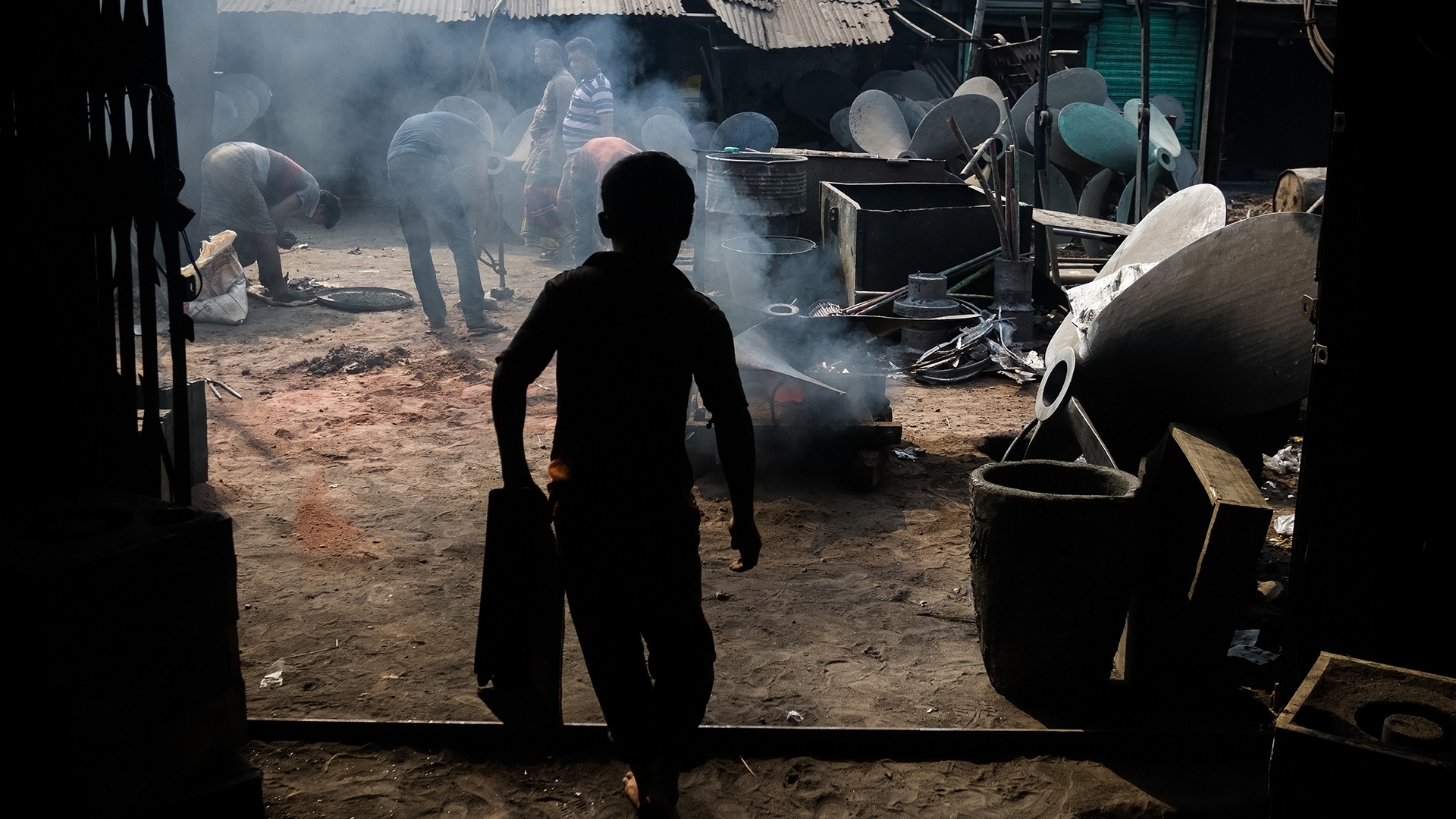
Covering human trafficking and modern slavery: a journalist’s eight-point guide
1 Keep digging and exchange information
In every country of the world, organisations will be able to help and direct you towards information which will be useful. Do not blunder into areas without first checking out the groups in civil society or non-government organisations (NGOs) who are protecting and defending survivors of trafficking and who can be relied upon for good information. The International Labour Organisation has a wonderful set of material related to human trafficking, child labour and slave labour.
2 Follow the rules, not the most sensational story
Often, NGOs will be suspicious of journalists. They’ll be worried about journalists trying to get the most sensational story themselves and exploiting individuals who have suffered enough. It’s very important to follow the rules. The first thing to remember is that anyone who has been a victim of trafficking or forced migration is almost certainly a person who has been traumatised. Journalists should be sensitive to them and mindful of a duty of care to their welfare.
3 Team talk and targeted editorial strategies are essential
Media organisations should have targeted internal discussions on how to cover stories around human trafficking so that everyone in the newsroom process is aware of the need for care and sensitivity in the way the story is dealt with.
4 Survivors’ voices plays a huge part in pushing a story into the mainstream
Journalists should give a voice to the survivors. We have to make sure that we’re not only relying on information from people who speak for them. We want to, if we can, hear the story out of their own mouths. This helps us get closer to the story but more importantly, it helps to explain in more emotional and critical detail the experience of those who have been affected by trafficking.
For most people, their only experience of human trafficking will be through the headlines.
5 Don’t traumatise survivors further
Journalists must always ask questions which are sensitive to enable people to talk freely without feeling any sense of pressure. Do not ask for information that may put people at further risk or force them to relive the tragedy or the ordeal that they’ve been through in such a way that you actually create a fresh nightmare for them.
You might have to interview young people, children, who have been the victims of trafficking. It’s important to show the highest degree of care and sensitivity. Some people might feel flattered to have a journalist talking to them, but they should be guided not to speak on matters which may create further harm.
Create a proper environment for the interviews to be carried out. It should be subdued. We shouldn’t be forcing people to fit with our image of the drama that we want to recreate.
6 Avoid images that pander to sensationalism and intrusion
Inevitably, journalists are interested in images, video and film that will capture the drama that’s involved, but without care there is a danger we carry on the process of objectifying. It goes without saying that we shouldn’t be using images of violence. We should not identify people whose anonymity we should respect.
Many of us are complicit in creating and maintaining the economies that allow human trafficking to be viable in the modern world.
7 We are all directly connected to modern slavery
Look around you. Often the victims of human trafficking are where you live. We often don’t realise that many of us are complicit in creating and maintaining the economies that allow human trafficking to be viable in the modern world.
Low-grade, labour-intensive industries, such as the nail parlours on the high street or car washes, places where there are lots of people doing very cheap work are common features of the modern economy. As journalists, we need to ask questions. Where are the people who are the victims of human trafficking? Where are they likely to be working? Are they on building sites where cheap labour is very often easily found? Are they working in sweat shops producing textiles?
8 Avoid linking forced labour to a broader anti-immigration agenda
We have to look at human trafficking as part of a general question on migration. We should not be posing our stories in a narrative framework which is placing blame, responsibility and a negative interpretation on the survivors.
It’s our role to tell their story. It’s also our role to question the authorities about how they’re dealing with these issues, to point to solutions and look for ways in which these problems can be resolved. Identifying, prosecuting and, if necessary, jailing traffickers and smugglers is clearly a priority for us as well. Remember, the end result of human trafficking should not automatically mean that people are deported. People have to be cared for.
When we start out on the human trafficking story, we should recognise that it’s not just one story. It’s part of a whole narrative about modern society. It’s the role of journalists to tell stories but also to find ways of trying to relieve the suffering of others and to find solutions to intractable problems.
Aidan is the founder of the Ethical Journalism Network. Take his free online course, The Ethical Journalist’s Toolkit, on our Journalism Now platform. Understand the basics of human trafficking with guidelines from the Ethical Journalism Network.
Related courses
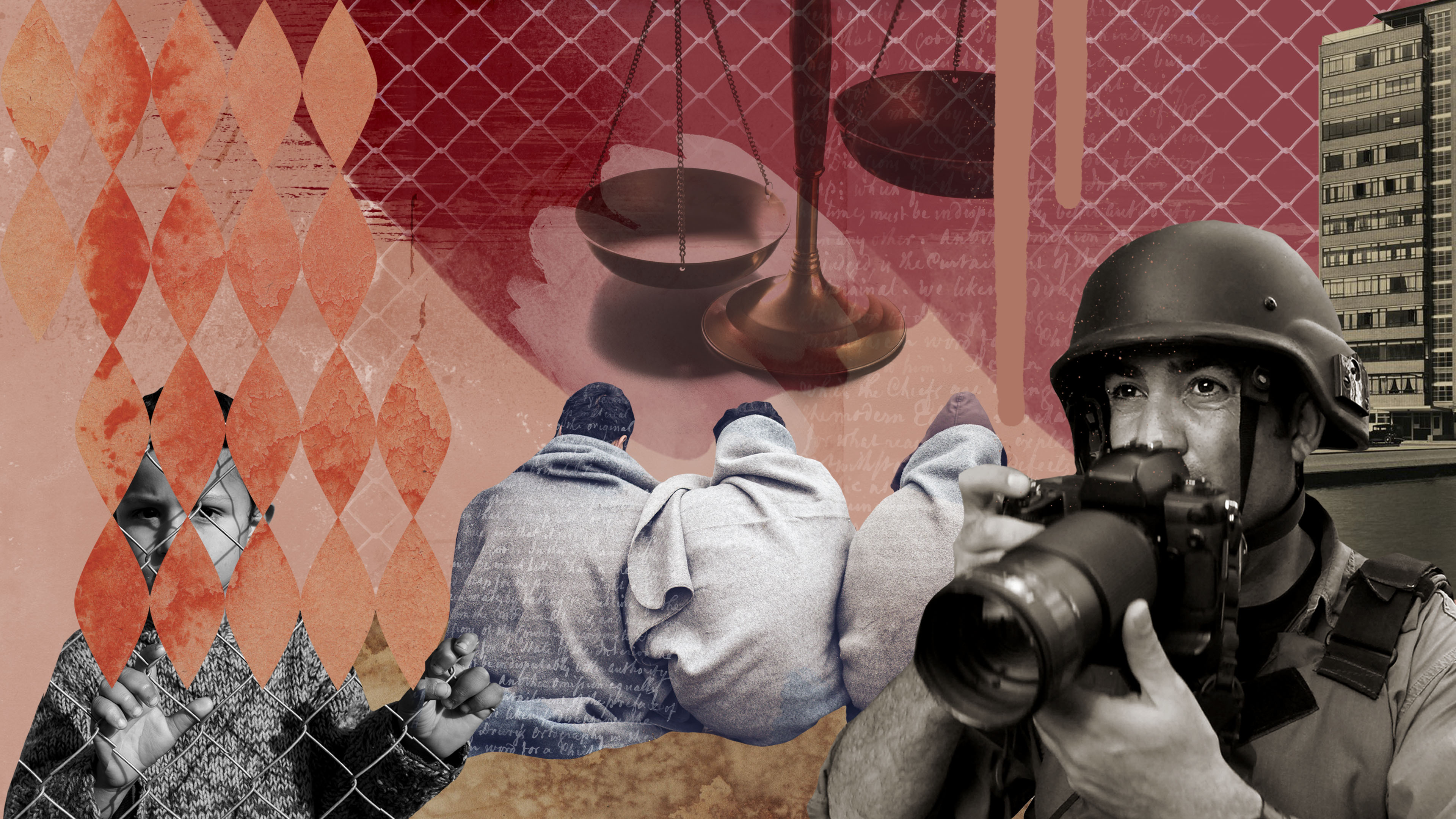
The Ethical Journalist's Toolkit
Take Aidan White's free online course where you'll learn the five core values of ethical journalism
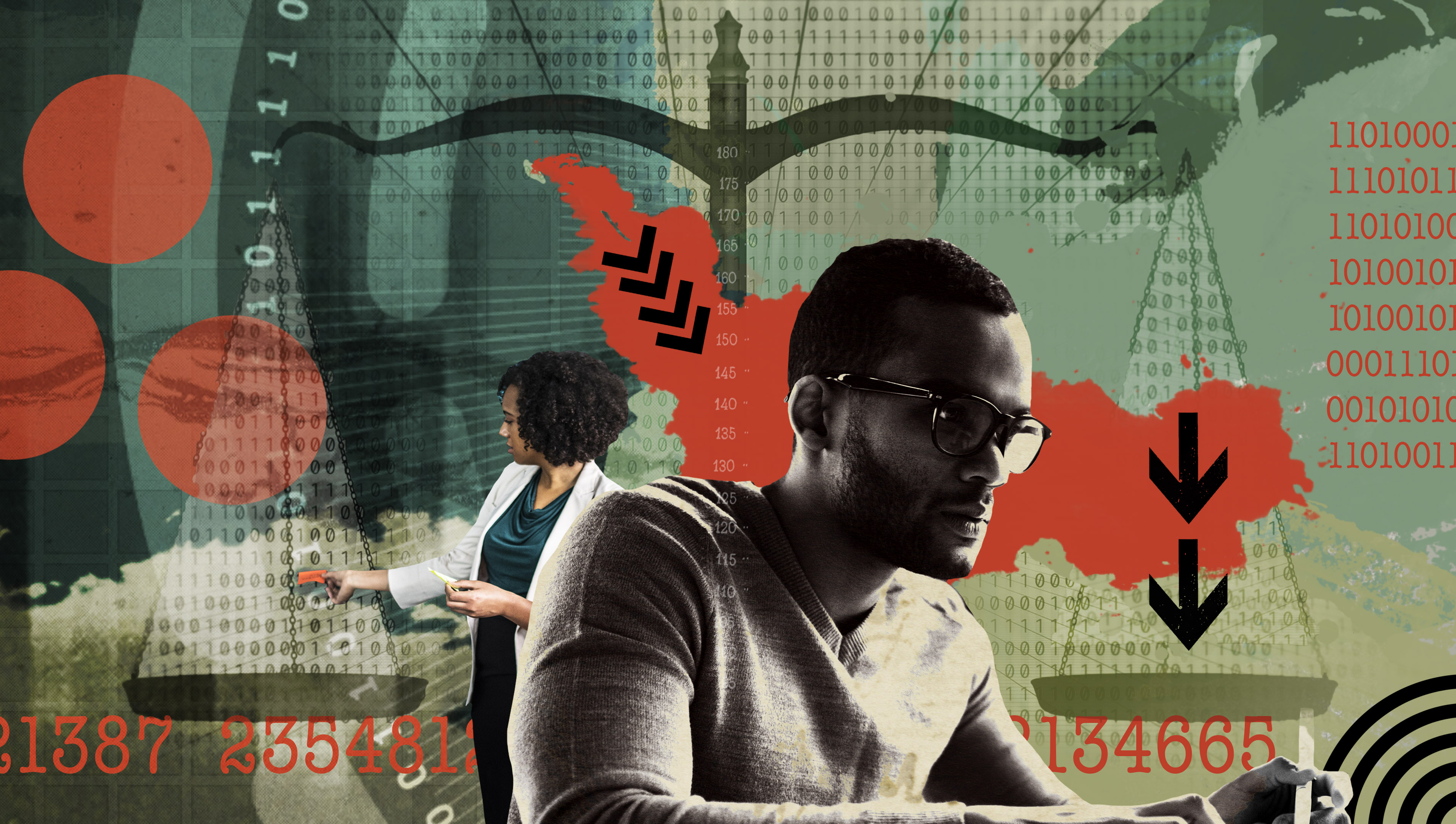
Take Aidan White's free online course covering the challenges of producing work based on data
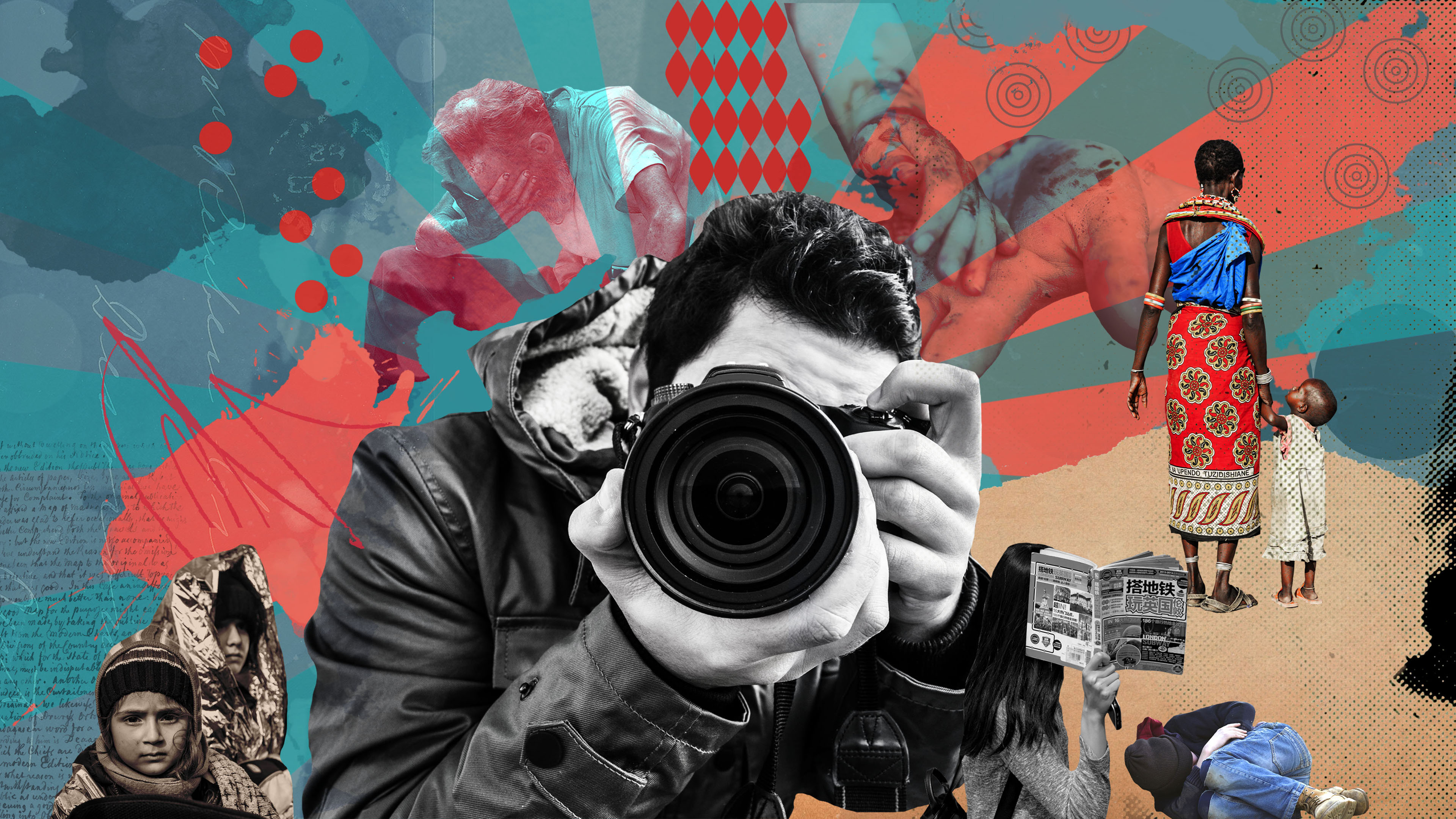
Photographer's Ethical Toolkit
Take this free online course to learn about empathy, autonomy, and integrity
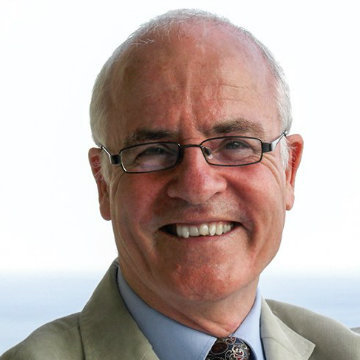
Aidan White
Ethical journalism
Aidan is the founder of the Ethical Journalism Network (EJN), a global coalition of major media professional groups which promotes ethics, good governance and self-regulation of journalism across all media platforms.
Aidan is the founder of the Ethical Journalism Network (EJN), a global coalition of major media professional groups which promotes ethics, good governance and self-regulation of journalism across all media platforms.